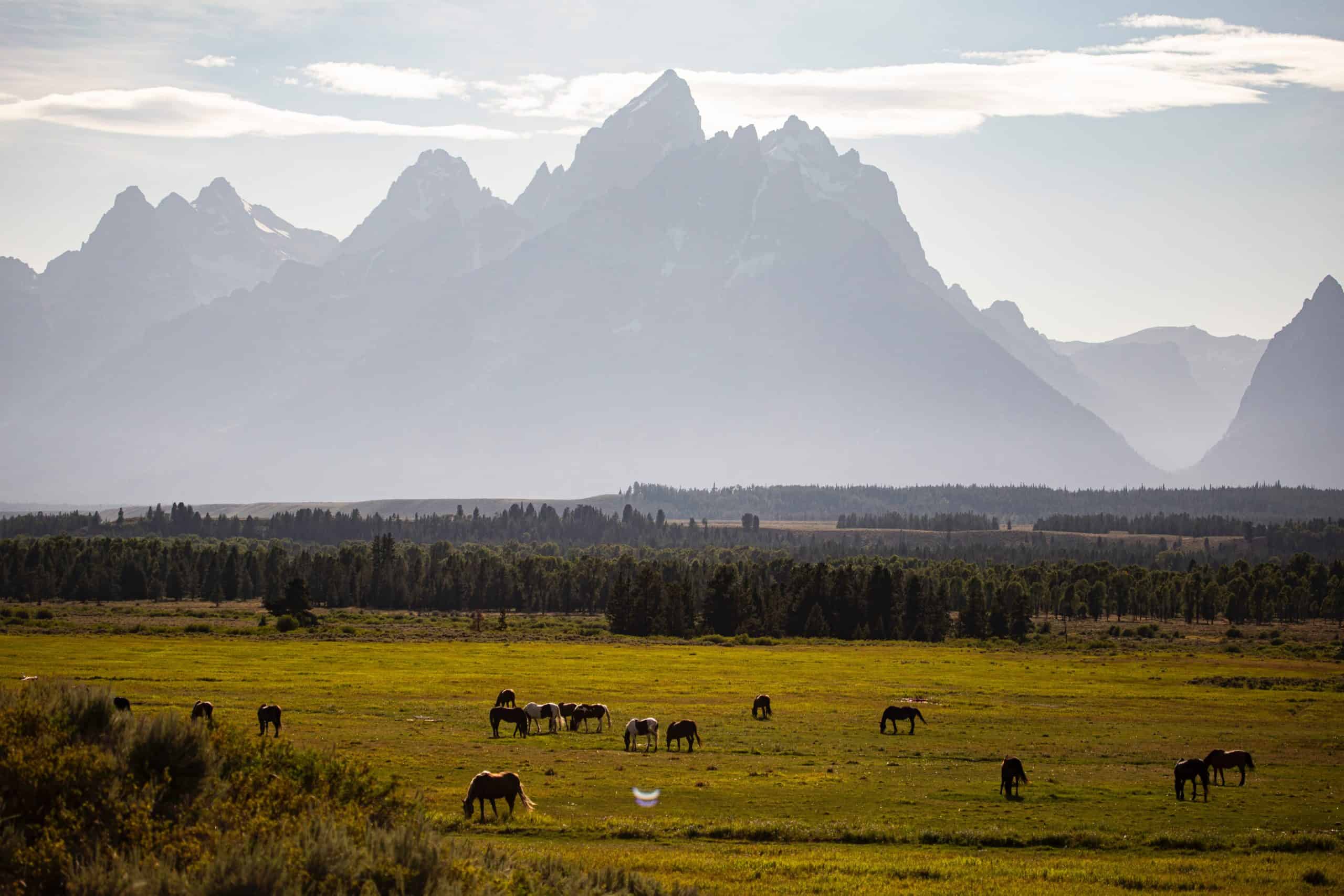Going for a solo trip is a tough decision to make, especially if you do it for the first time.
Even if you are an experienced lone traveler, you may have concerns about your safety.
This is especially the case if your destination is new or as famous as the Grand Teton.
Is it safe to go to Grand Teton National Park alone?
The park has laid out guidelines to keep you safe from wildlife, extreme weather, and other human-caused dangers. Up-to-date information about your safety can be found in the visitor center if you decide to visit Grand Teton National Park alone.
Traveling alone requires you to be independent. To start with, a lightweight backpack that carries everything you need is essential. Next, you need to gather as much information concerning the safety of the park as possible.
In this article, I have covered in detail all the safety hazards in Grand Teton National Park. I have also highlighted the measures that the park has put in place, along with handy tips to help you stay safe throughout your adventure.
How safe is Grand Teton National Park?
Grand Teton National Park is safe to visit. Nevertheless, wildlife, extreme weather conditions, and high altitude can become dangerous. There’s also an increased risk of human-caused fires and water that is not safe for drinking. Therefore, the safety of the park depends on attention to safety measures, enough preparation, and good judgment.
Here’s an overview of common safety hazards in the park:
Altitude
Just like Yellowstone National Park, Grand Teton is a high altitude area. The park’s altitude ranges from 6320ft (1926m) to 13770ft (4075m). According to Harvard Health Publishing, elevations of 8000ft and over may affect you. This is due to reduced amounts of oxygen in the air, leading to altitude sickness.
Altitude sickness causes headaches, muscle aches, loss of appetite, nausea, lightheadedness, and vomiting. Further, altitude gain can lead to impaired movement or worsen preexisting medical conditions.
Descending, eating light meals, and drinking water can improve the condition. Additionally, an electrolyte powder drink mix hydrates your body and fights the symptoms.
Water in the Park
Water in rivers, lakes, streams, and other water areas is not safe for drinking. It may contain Giardia and other harmful bacteria, according to the National Park Service.
The bacterias get into your body through untreated water and can cause intestinal infections. The infections clear with antibiotics, but they cause fatigue, abdominal cramps, and diarrhea.
The park recommends that you filter the water, treat it with tablets, or boil it for 3-5 minutes before using it.
The following YouTube video explains how you filter water to make it safe for drinking.
Human-Caused Fires
The current fire danger rating in Grand Teton National Park is ‘high.’ To control this, the park only allows fires in designated fireplaces in the campgrounds.
Despite this, human-caused fires still occur in the park. Fires can lead to the destruction of the park ecosystems, property loss, injuries, or even death. You have to be cautious whether you are camping or hiking in Grand Teton.
Is it safe to go to Grand Teton National Park alone as a Woman?
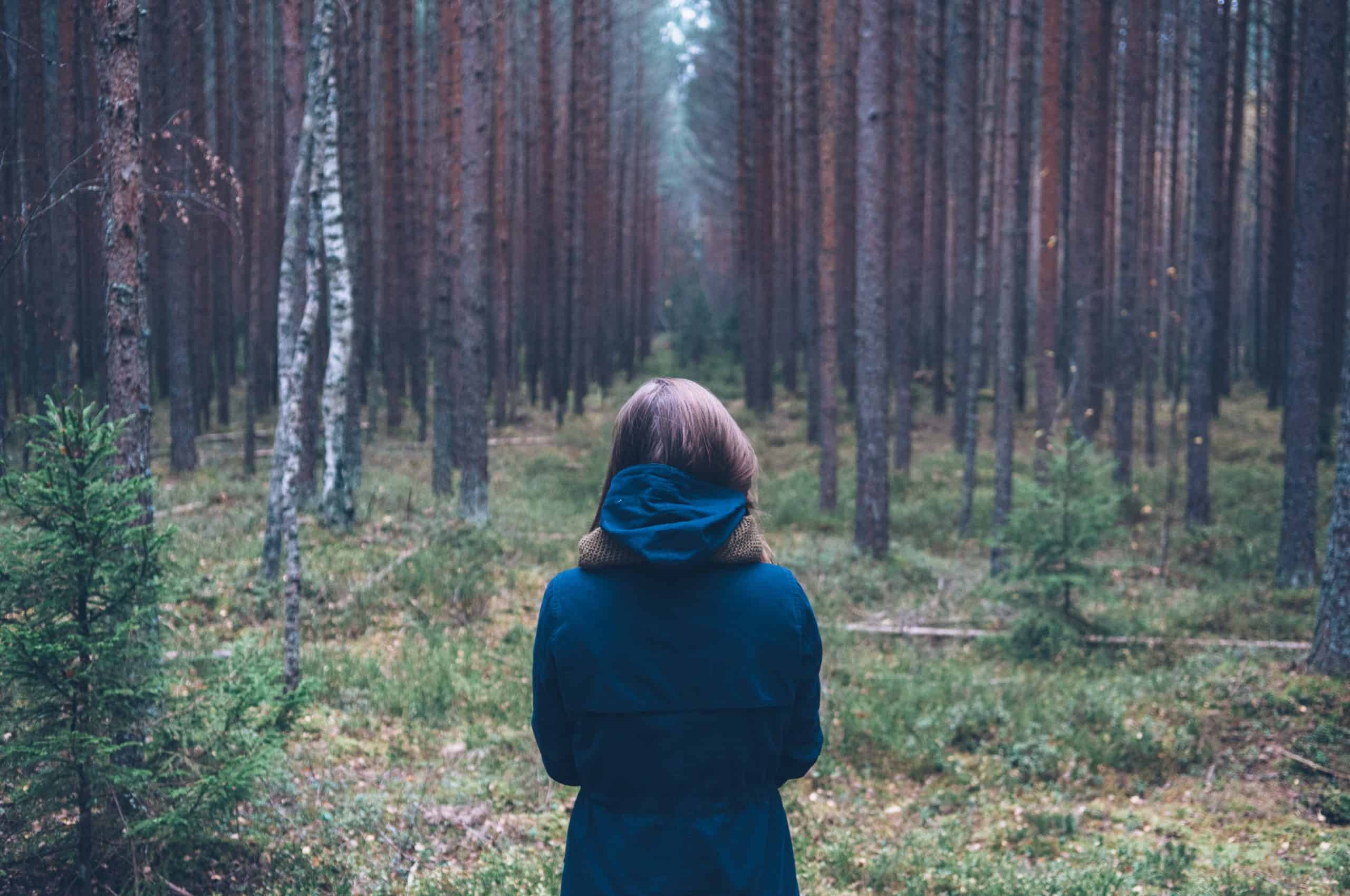
It is safe for a woman to go to Grand Teton alone. However, the risk to your safety increases when you are solo. As a lone traveler, it can be difficult to fight off an attack or seek help in an emergency. Notably, the Grand Teton Park does not recommend anyone to hike alone.
It has not stopped lone female travelers from exploring the beauty of Grand Teton. The key to staying safe is to be extra-cautious compared to when you are in a group.
Besides general safety tips, these extra tips have worked for female solo travelers, and they will work for you too:
- Choose activities in populated areas of the park. For example, avoid hiking in secluded trails alone. Instead, share trails with other hikers.
- Team up with other female visitors with the same interests.
- Let someone you trust know where you are going, and the time you expect to return.
- Don’t push yourself beyond limit in any activity.
- Be attentive to your surroundings at all times. That said, avoid distractions such as listening to music on earphones.
- Park extra food and clothing.
Are there Dangerous Animals in Grand Teton National Park?
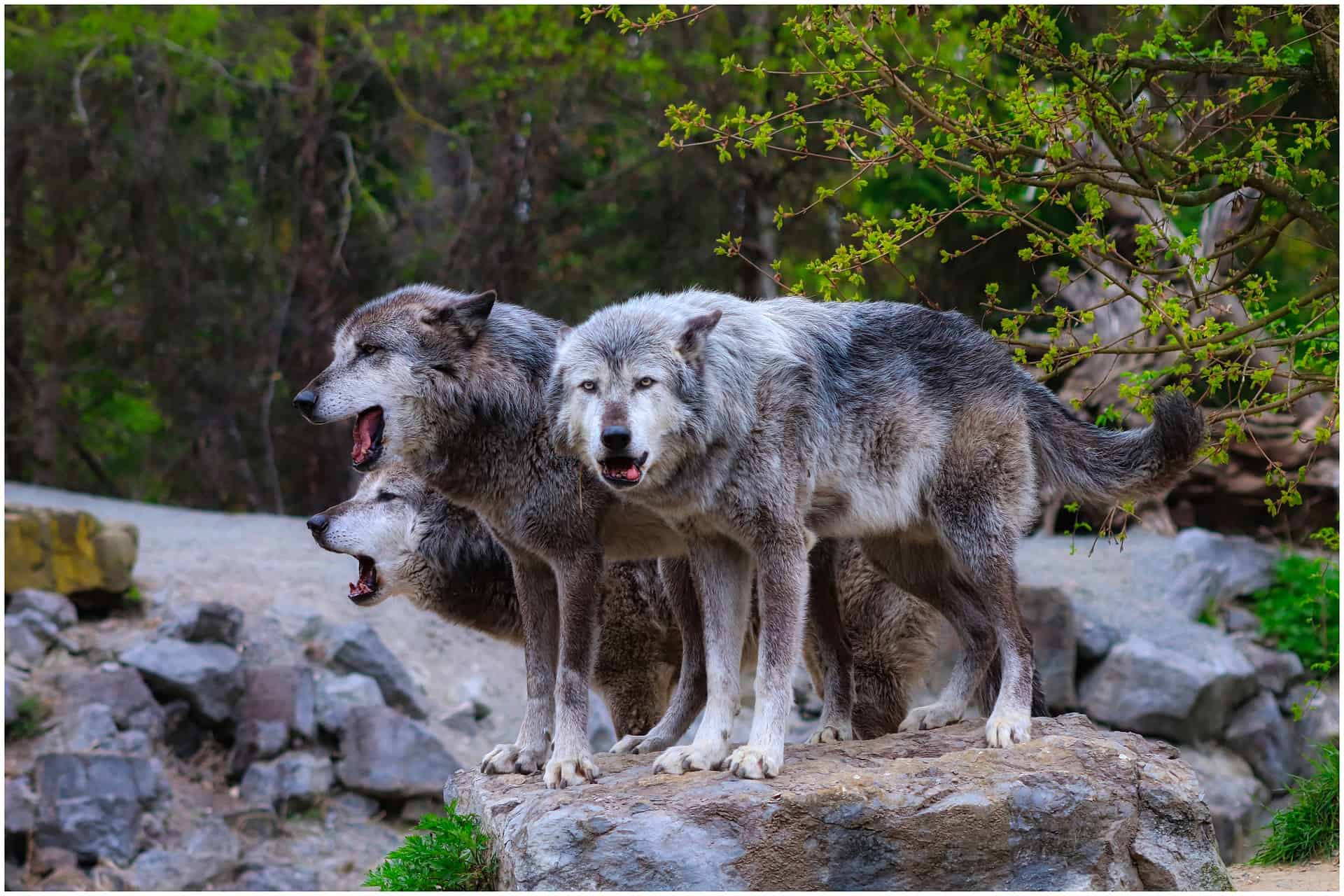
Grand Teton hosts diverse wild animals, with the grizzly bears being the most dangerous. Other animals like wolves, bison, elk, and moose can attack people when they feel threatened. In normal circumstances, the animals in the park stay away from people.
Below is a highlight of the animals that you might encounter in the park:
Bears
Grand Teton has both black bears and grizzly bears in large populations. This is the reason why the park is referred to as a bear country, and the chance of encountering a bear is high.
Bears are more active in the morning and after dark. They have a keen sense of smell and may approach you or your campsite if they smell food.
At such a time, interfering with them can make them aggressive. Additionally, a female bear with a cub can attack you if it sees you as a threat to its cub.
I therefore highly recommend to always bring bear spray.
Bison, Moose, and Elk
These animals only attack when they see you as a threat.
Males get more aggressive during the mating season. They fight with each other to gain the admiration of the females. At such times, they may attack you if they see you as competition.
Females, on the other hand, are protective of their young ones. So approaching them might prompt them to attack.
Other animals that get hostile when disturbed include wolves, coyotes, and rattlesnakes.
Crime in Grand Teton National Park
Crime is low in Grand Teton National park and the surrounding towns. Jackson town, for example, is only 21minutes from Grand Teton. The city is safer than 91% of U.S. cities. Also, you have 1 in 1,159 chances of becoming a victim of a violent crime.
In the park, there have been incidents of petty crimes like in other public places. There are no reports of major crimes.
Grand Teton National Park Weather
- Summer (June-August)
- Fall (September- early-November)
- Winter (mid-November- early-November)
- Spring (March-May)
Even with defined seasons, the weather can be unpredictable and extreme.
Some weather-related hazards in Grand Teton include:
- Extreme cold is common in winter and goes below freezing point 320F (0 °C).
- Compacted snow that slides down the slope during winter and spring. These are called avalanches and are responsible for injuries and deaths of hikers.
- Snowfields are areas with snow that last throughout the seasons. Snowfields and glaciers are common on top of Grand Teton, and sometimes, they conceal openings in the rocks. If they collapse under the weight of hikers, they can lead to injuries, hypothermia, or death.
- Thunderstorms occur in summer afternoons. They come with heavy rain and lightning. During thunderstorms, the risk of hypothermia and lightning strikes is high.
Getting Lost in Grand Teton National Park
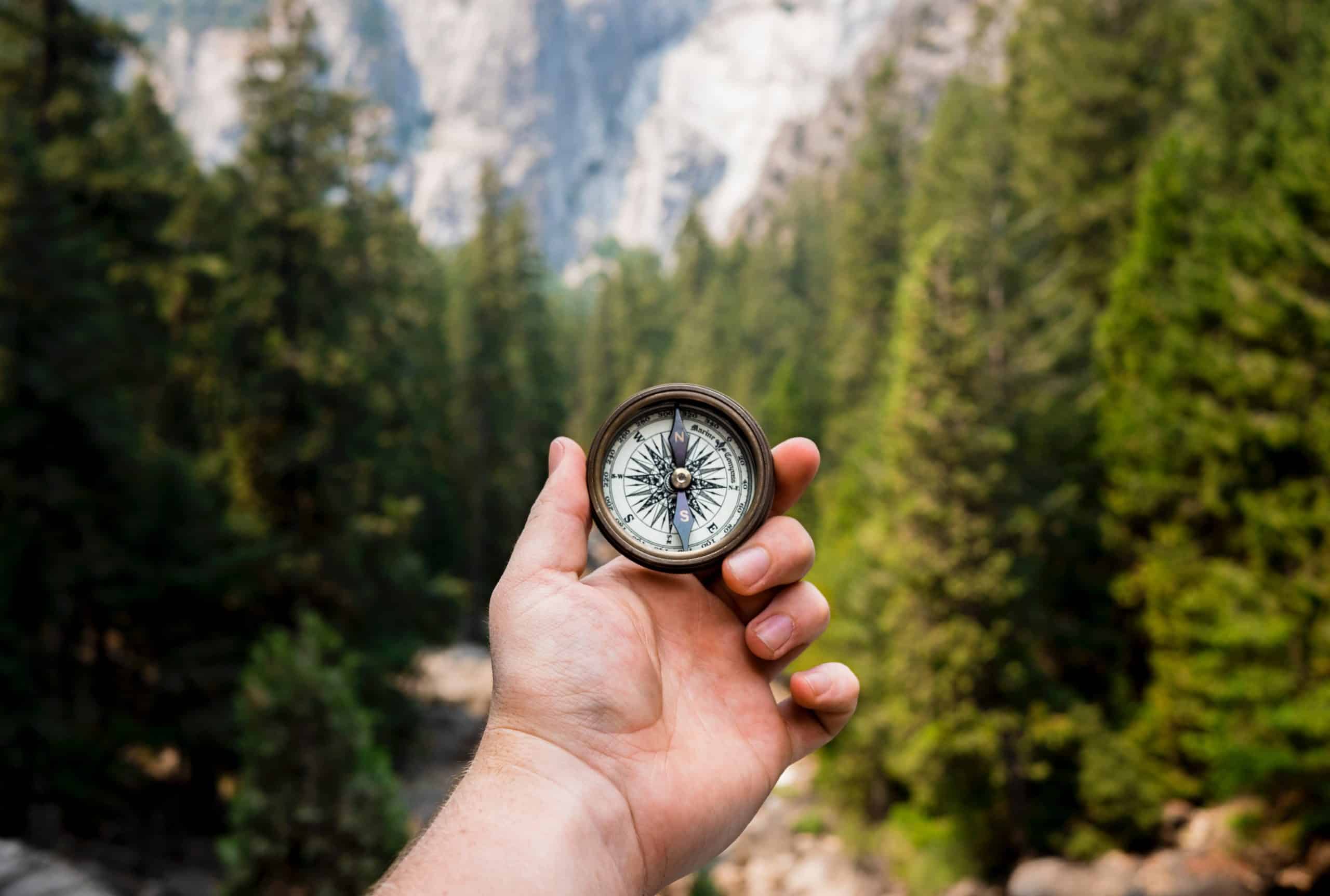
Both experienced and first-time adventurists have lost their way in Grand Teton, leading to rescue missions.
Did you know that about 90% of search and rescue missions involve day hikers? This is according to research published on National Geographic.
A large number of hikers in Grand Teton get lost because they are not well-prepared. They may get stranded when emergencies such as weather changes, medical problems, or if accidents happen.
Others lose their way because they go off-trail or ignore safety guidelines set by the park.
And if you are alone in the park, you might have a more challenging time finding help if you get lost, suffer injuries, or encounter unfriendly weather.
So be prepared, use common sense and do always follow the guidelines set by the park.
Cell-phone Reception
Grand Teton National Park has two cell towers that provide cell-phone reception.
The southern part of the park gets reception from cell towers in Jackson town. The strongest signal is areas near the towers and the higher areas of the park.
The signal weakens and becomes unreliable when the park is full of visitors. But nine more towers are under construction and will help improve cell reception throughout the park.
How to keep safe in Grand Teton National Park?
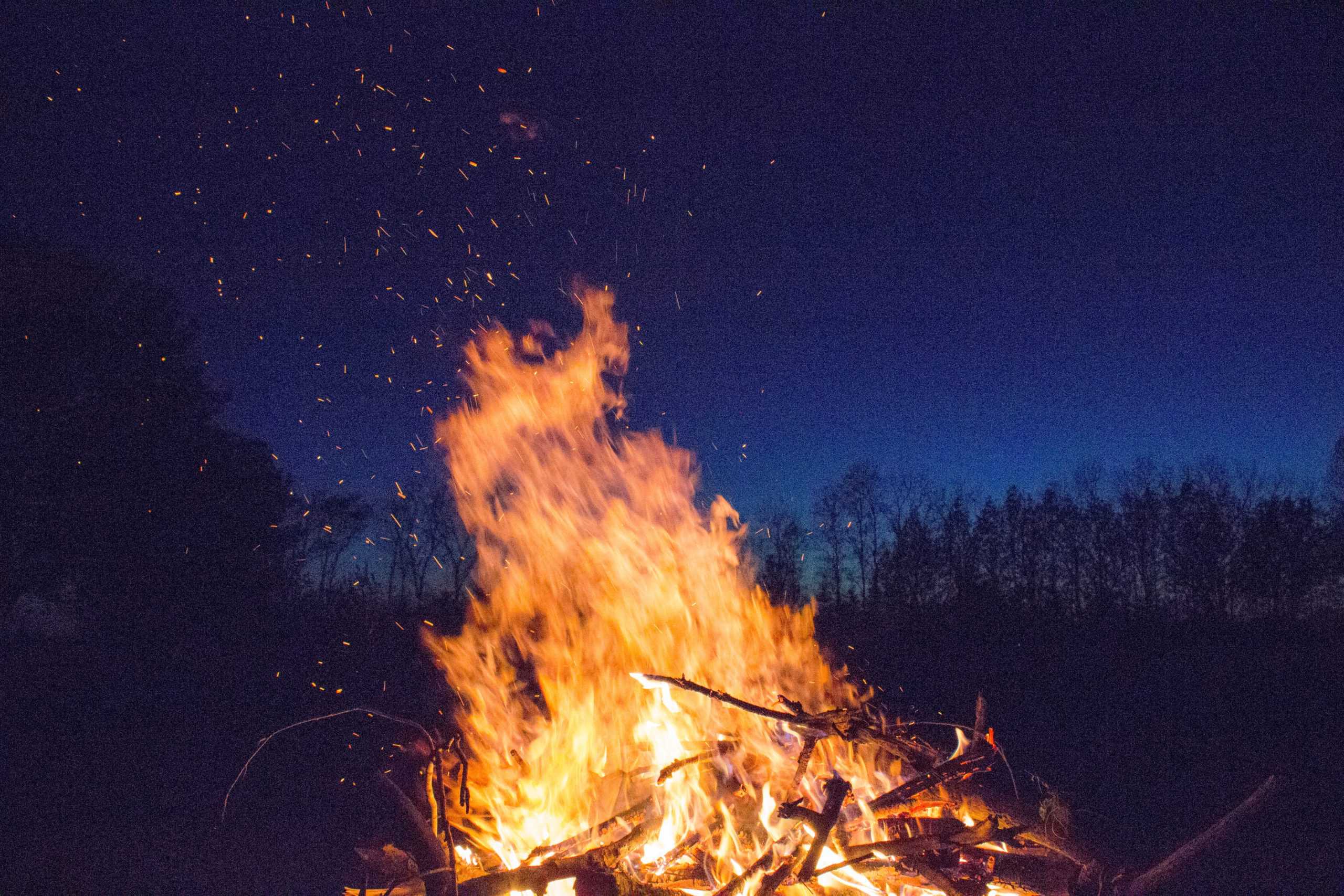
Keeping safe in Grand Teton requires you to observe the park’s safety guidelines. You need to practice personal responsibility and be prepared to deal with possible emergencies.
From the park’s recommendations and research, I have prepared a list of safety tips:
- Give the body time to adapt to high altitude by doing a gradual climb
- Only take water from the water sources after you have filtered, treated, or boiled it
- Only light campfires in designated places and put them off afterward
- Keep a distance of 300 ft (91.4m) from bears and wolves, and 75ft (23m) from other animals
- Keep Bear spray at a place where you can reach and use it quick
- If you are sleeping in your car in Grand Teton, keep your windows rolled up
- Pack for all-weather regardless of the season. Additionally, check the weather forecast daily before heading out
- When heading out even for a day hike, prepare for possible emergencies
- Carry and use a Trail map and a compass
- Carry some Bug spray/insect repellant to keep bugs away
- Pack enough food and water
- Wear and carry Sunscreen and protective clothing to protect your skin
Final Words
Many solo hikers have had safe and successful adventures in Grand Teton. Nothing should stop you from taking the bold step. While at it, ensure that you can follow the park’s safety guidelines to the letter. Finally, ensure that you pack everything that you need to be as independent as possible.
Related: A Complete US National Park List

